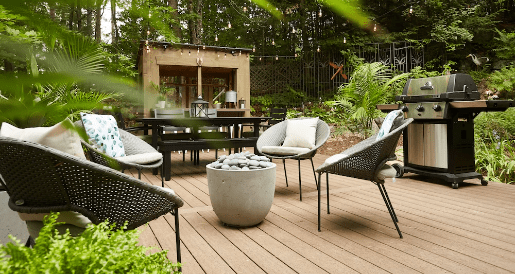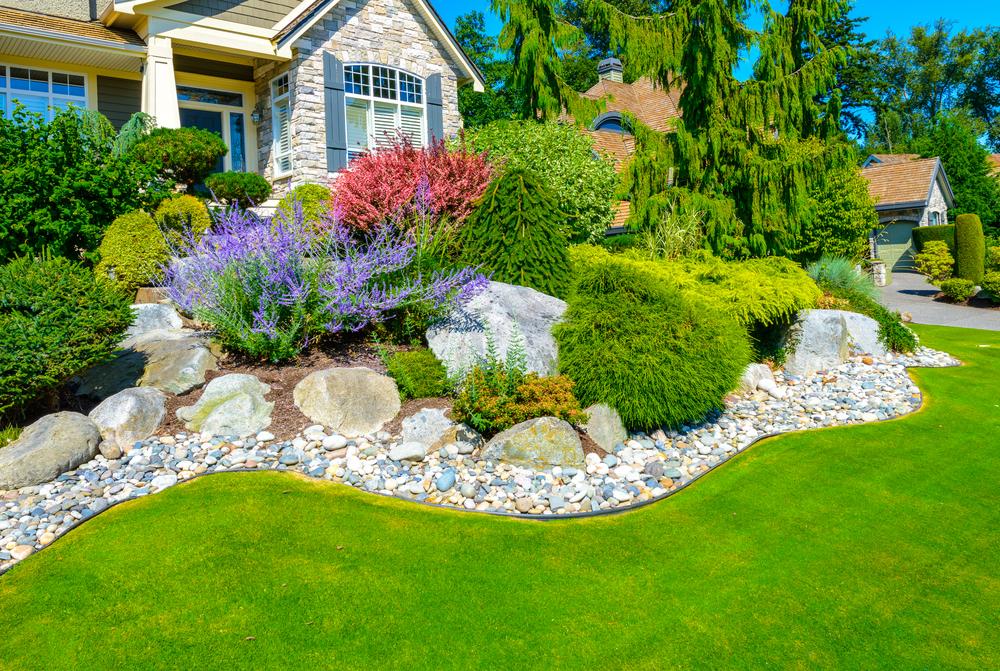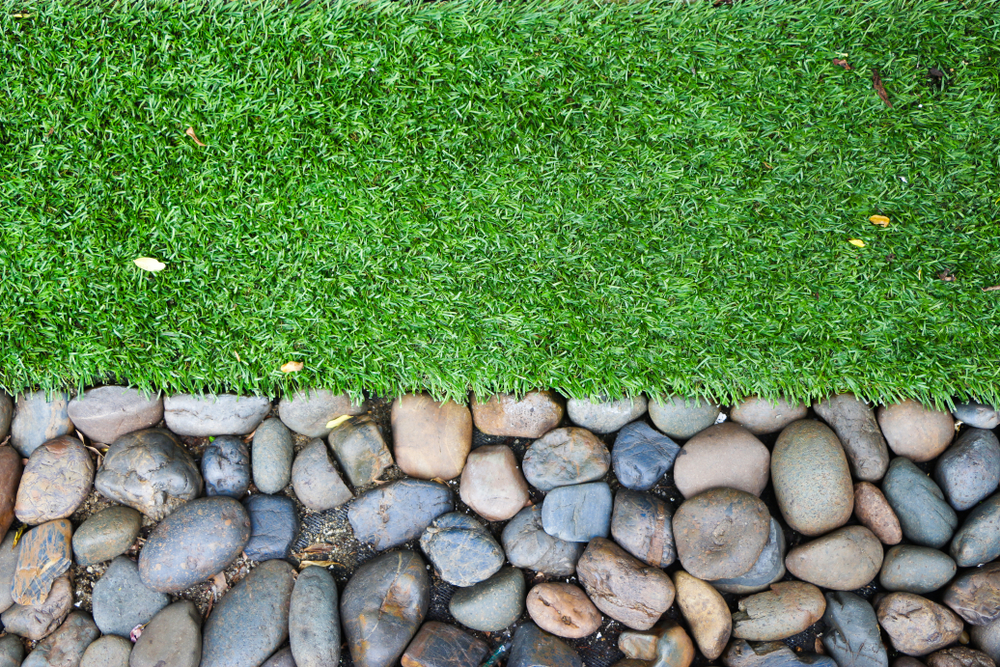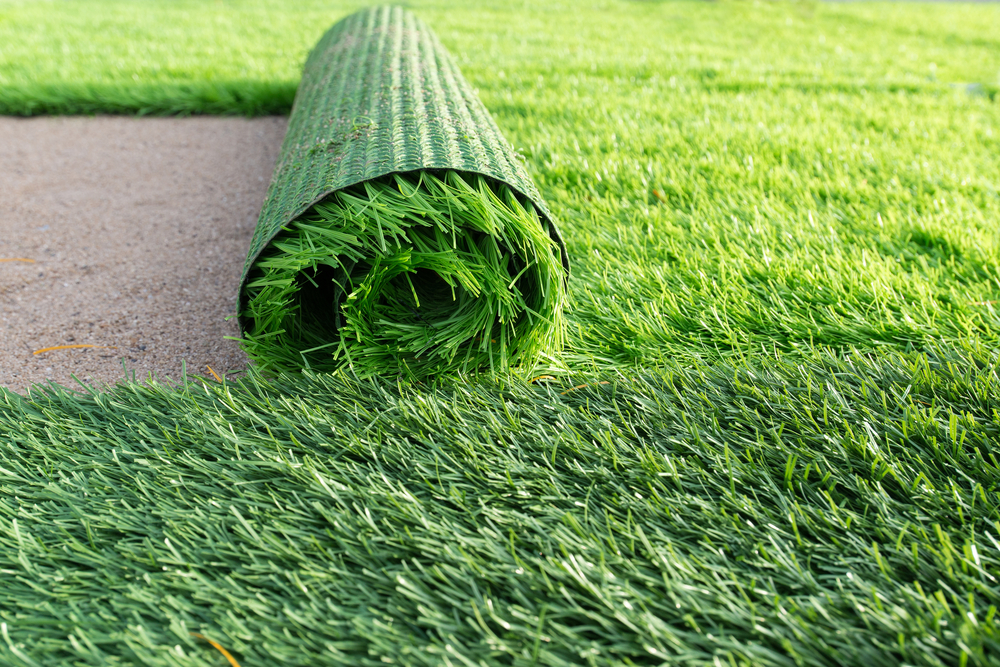Many people enjoy using boulders as a decorative element in their landscaping. Discover the causes of cracking in landscaping boulders and what actions you can take in order to prevent this unsightly problem from happening on your property.
Three Ways to Prevent Your Decorative Boulders from Cracking
Many homeowners enjoy using boulders for functional or aesthetic reasons on their property. Because these large rocks are left outside, they are at an increased risk for damage such as cracking. To prevent your boulders in Las Vegas from developing cracks, be sure to take these important action steps.
Avoid Exposure to Water
Exposure to water is one of the most common reasons why a boulder can crack. In porous stone, such as sandstone and granite, water seeps into the rock’s pores. As this moisture penetrates deep into the rock, it can expand with freeze and thaw cycles. This commonly happens during the colder and wetter months of the year. A daytime rain followed by subfreezing temperatures at night allows moisture penetration and freezing of the water, resulting in cracking.
Place in a Protected Location
If possible, place landscaping boulders in a location where they are protected from standing water. It is also a good idea to locate boulders in places where they will not experience any significant impacts. For example, a boulder located at the edge of your driveway could be impacted by a car, delivery truck or garbage truck. Repeated impacts could damage the boulder and cause it to crack and split apart. Keep the boulders at least one car’s length away from the driveway, street or road.
Create a Solid Base
Boulders can weigh several hundred pounds. For a boulder to remain in the place where you want it to be, it is necessary to have a solid, level and sturdy base. This is especially important if you are using the boulder for functional purposes, such as supporting a retaining wall, water feature or garden wall. The base material underneath the boulder should consist of thick layers of sand and gravel. This base allows for the penetration of rain water. A solid base prevents the boulder from shifting out of position and sinking. A good base also prevents nearby or above rocks from toppling and impacting the boulder.





